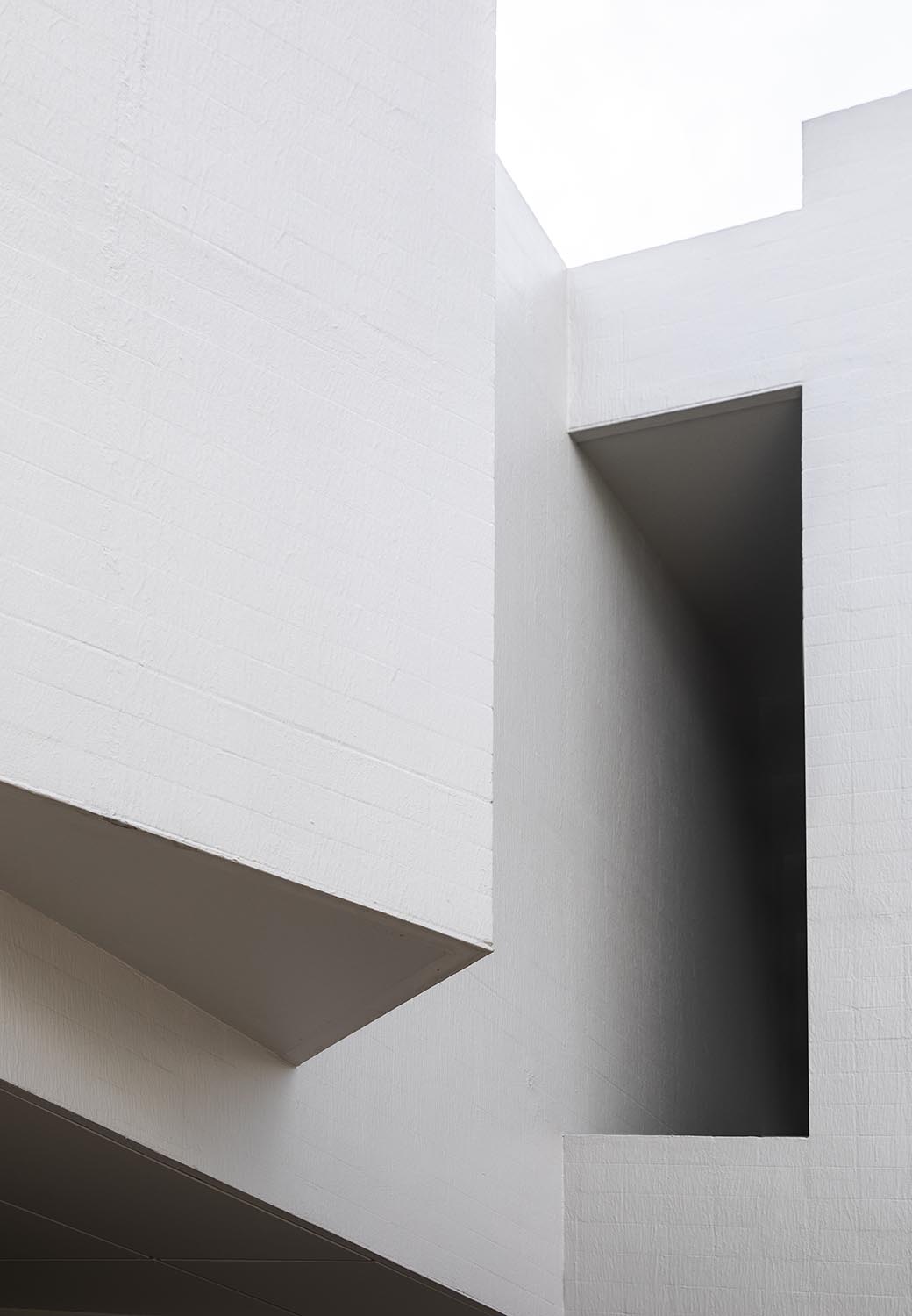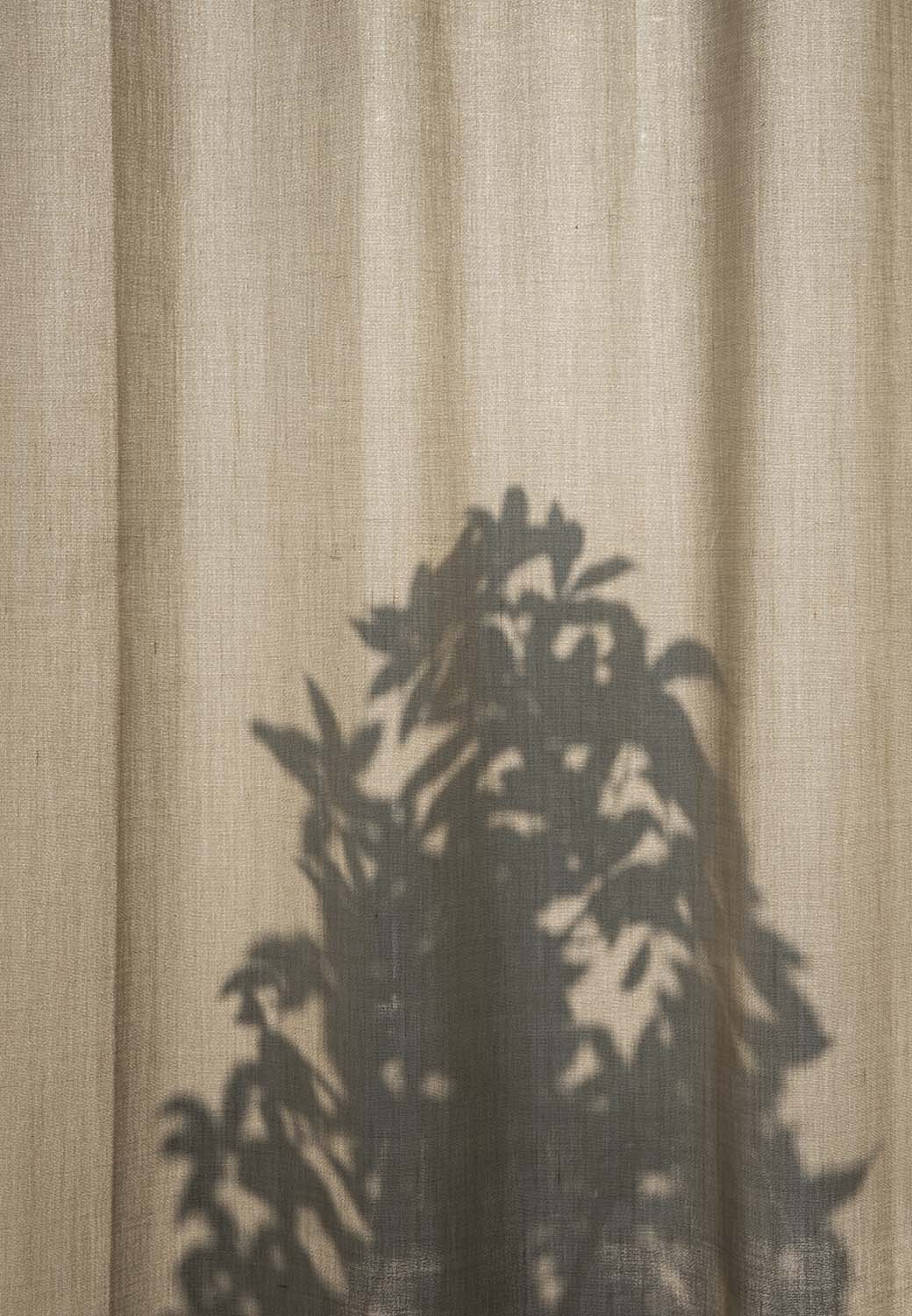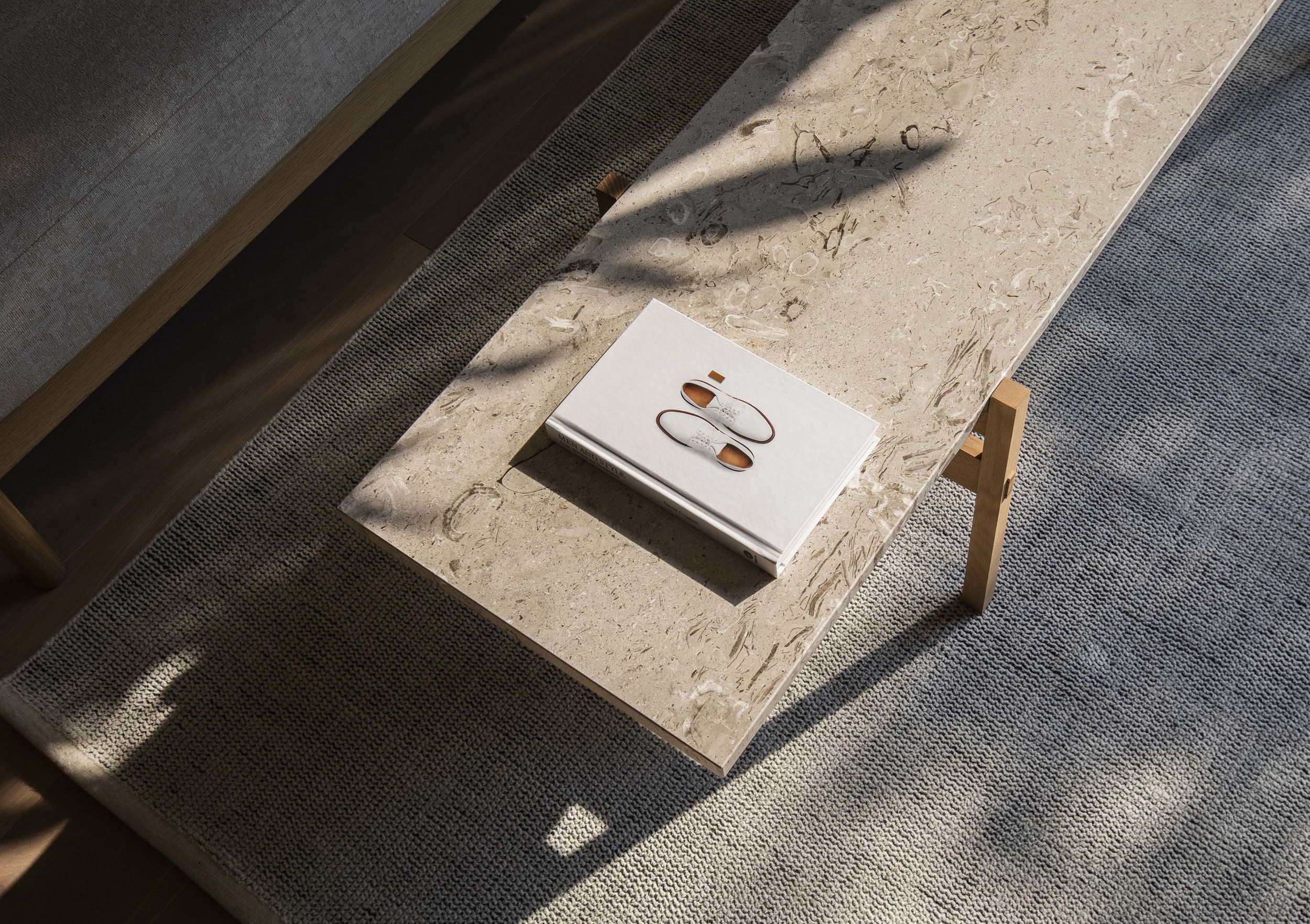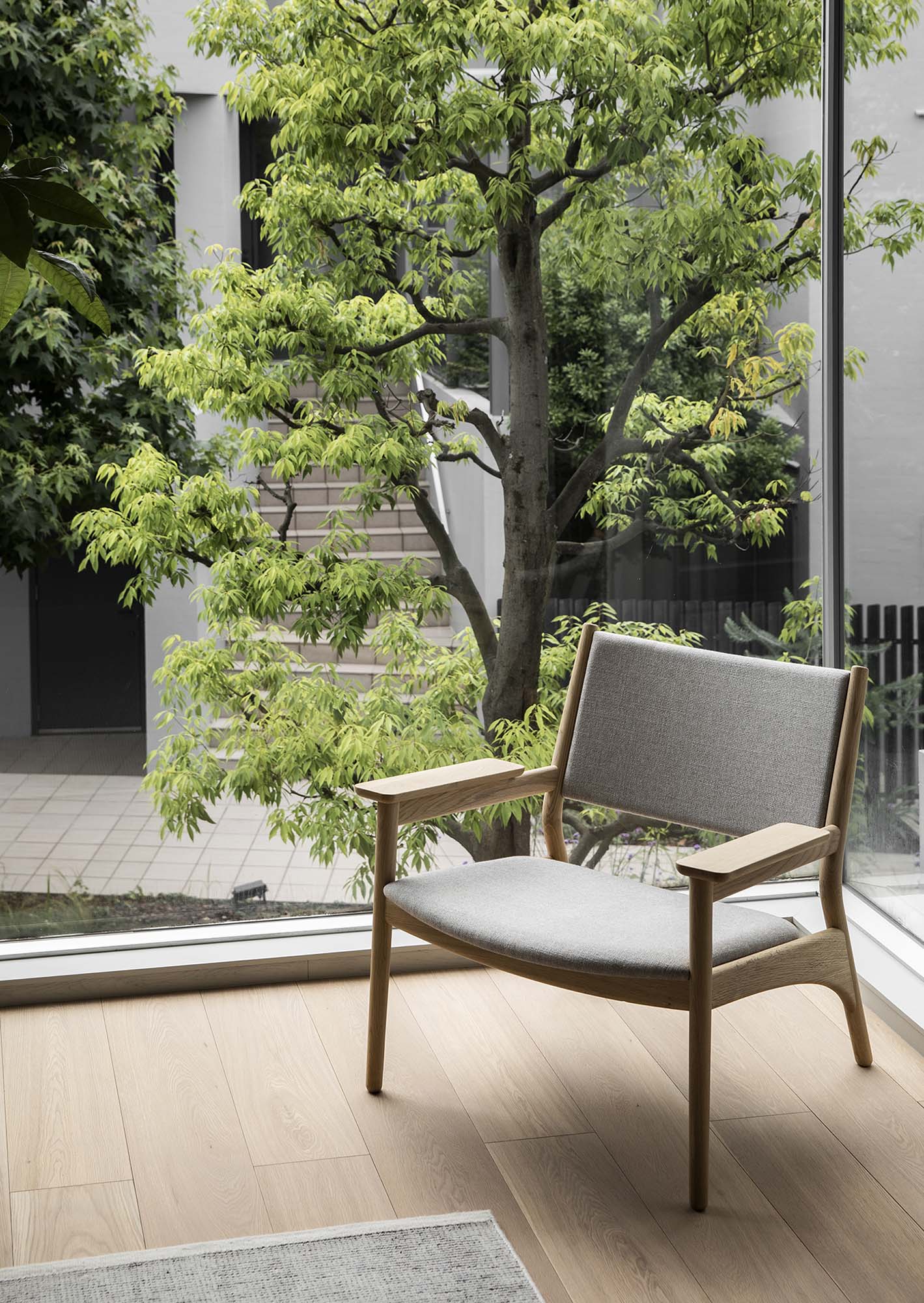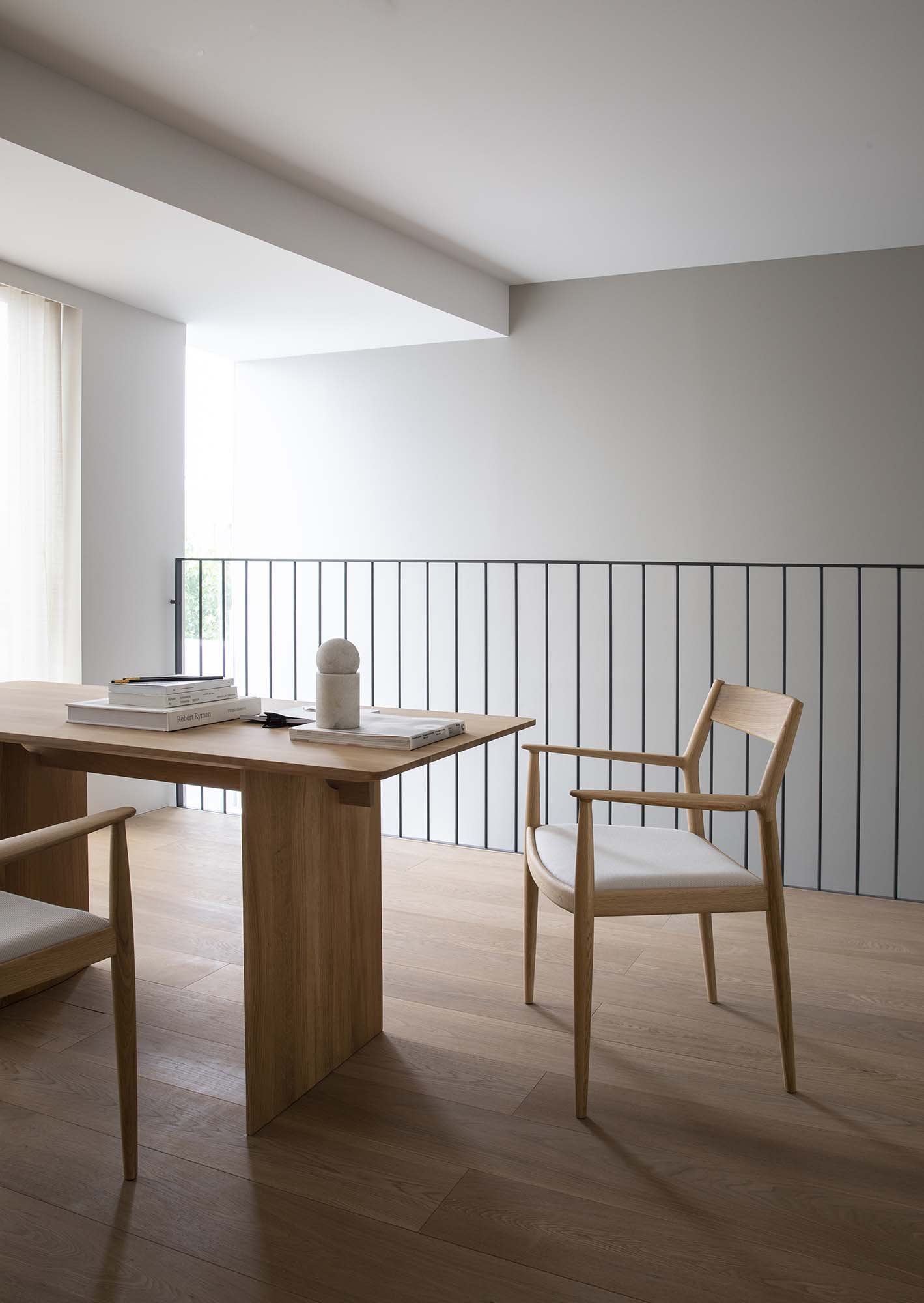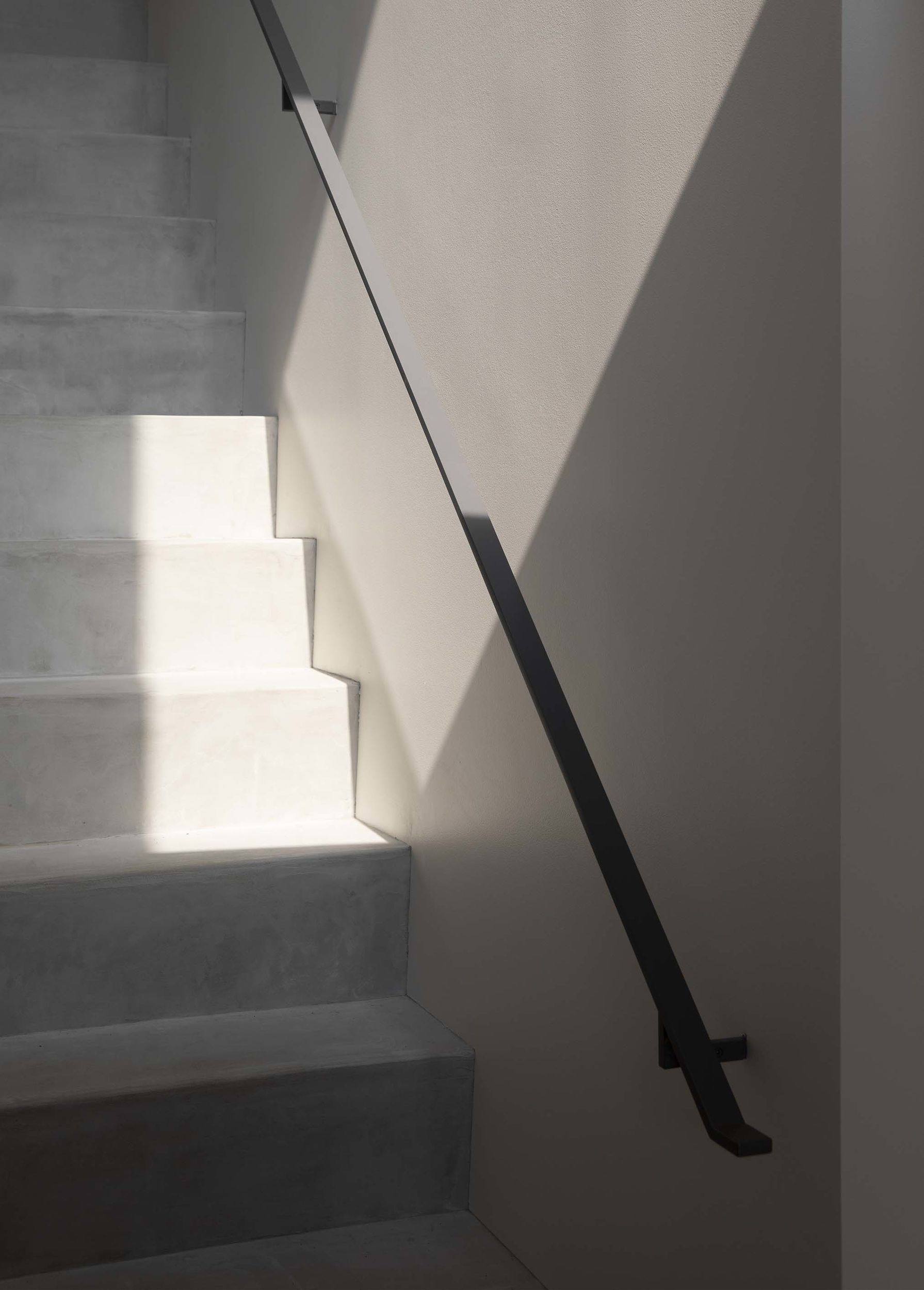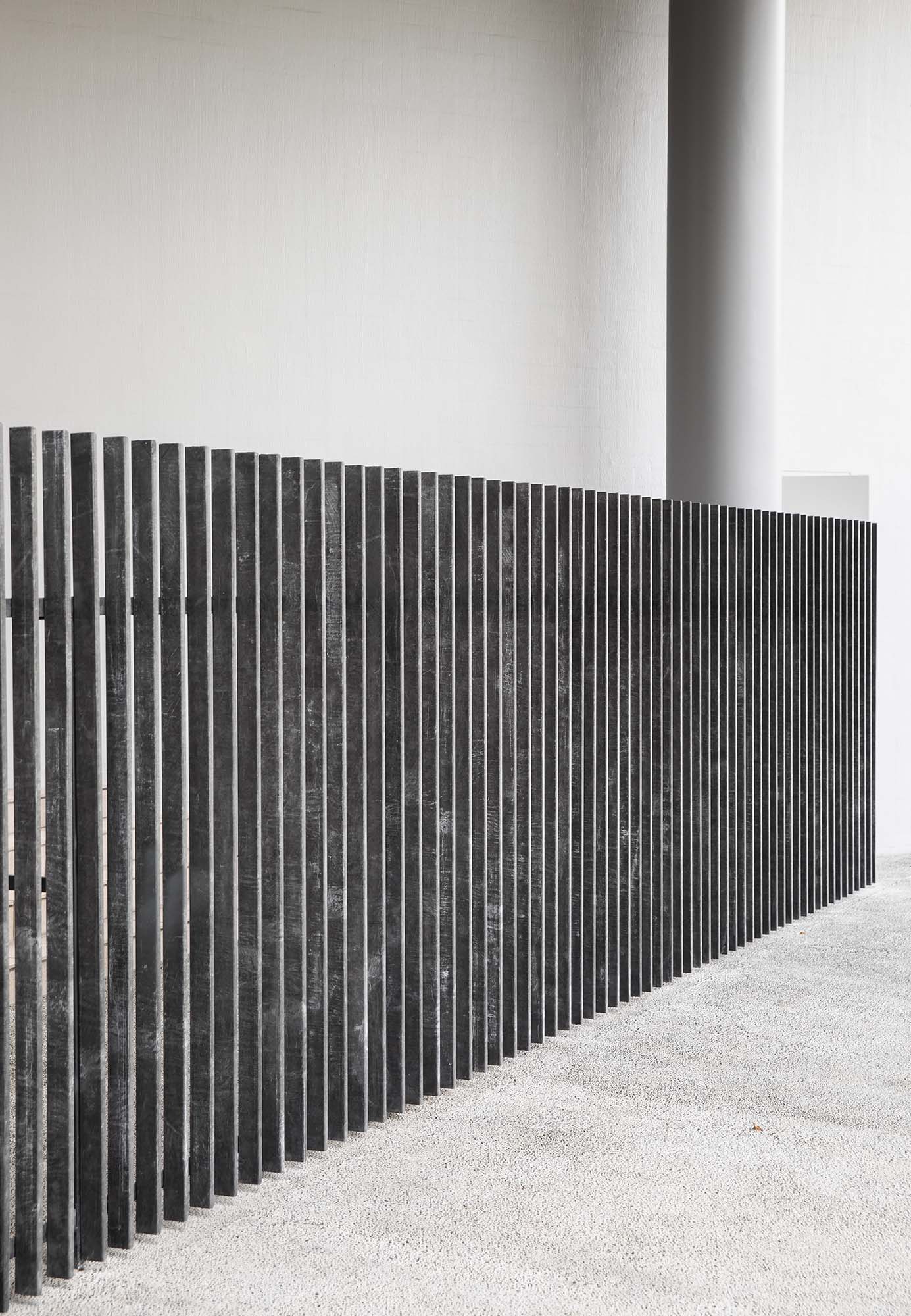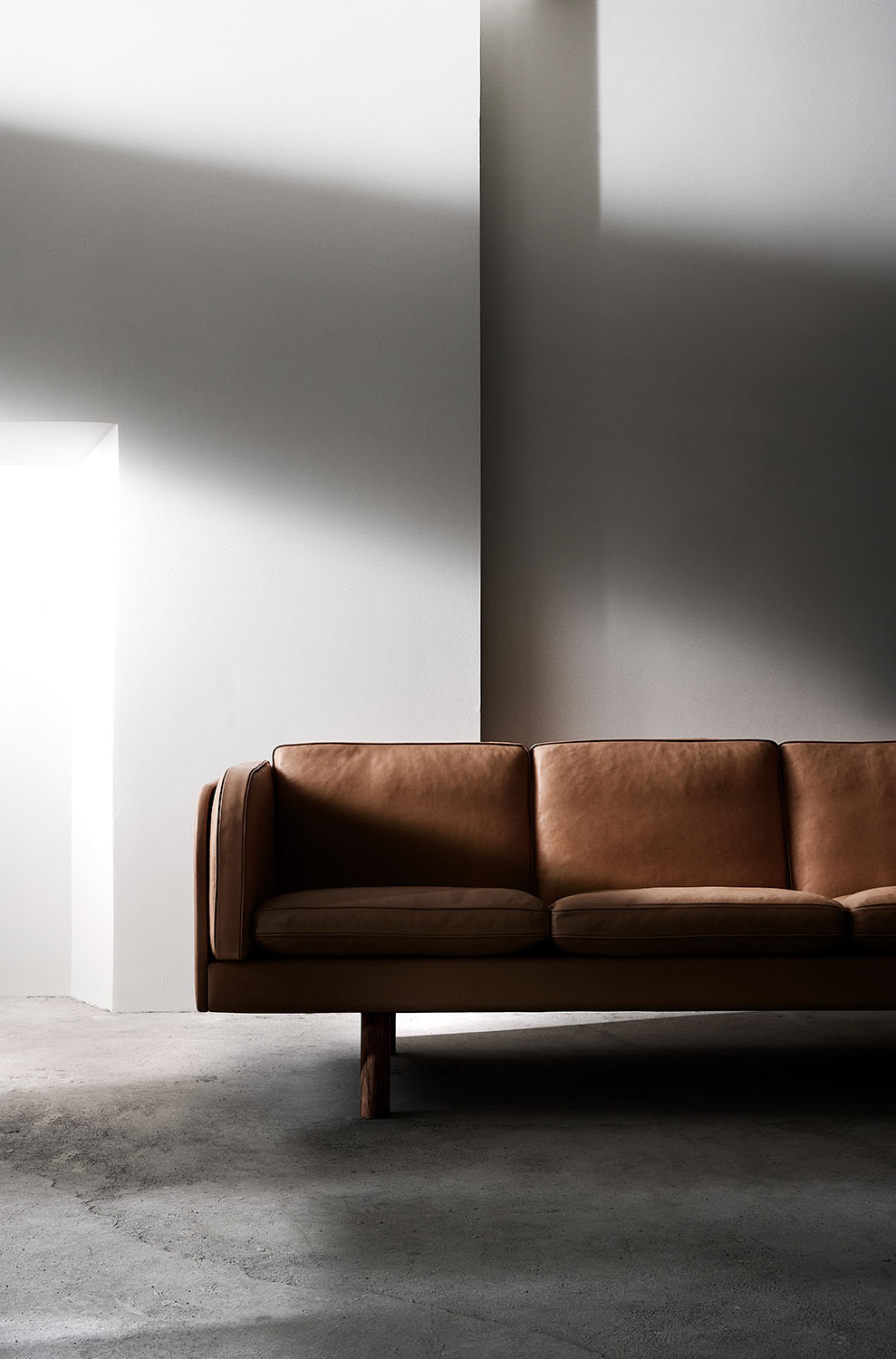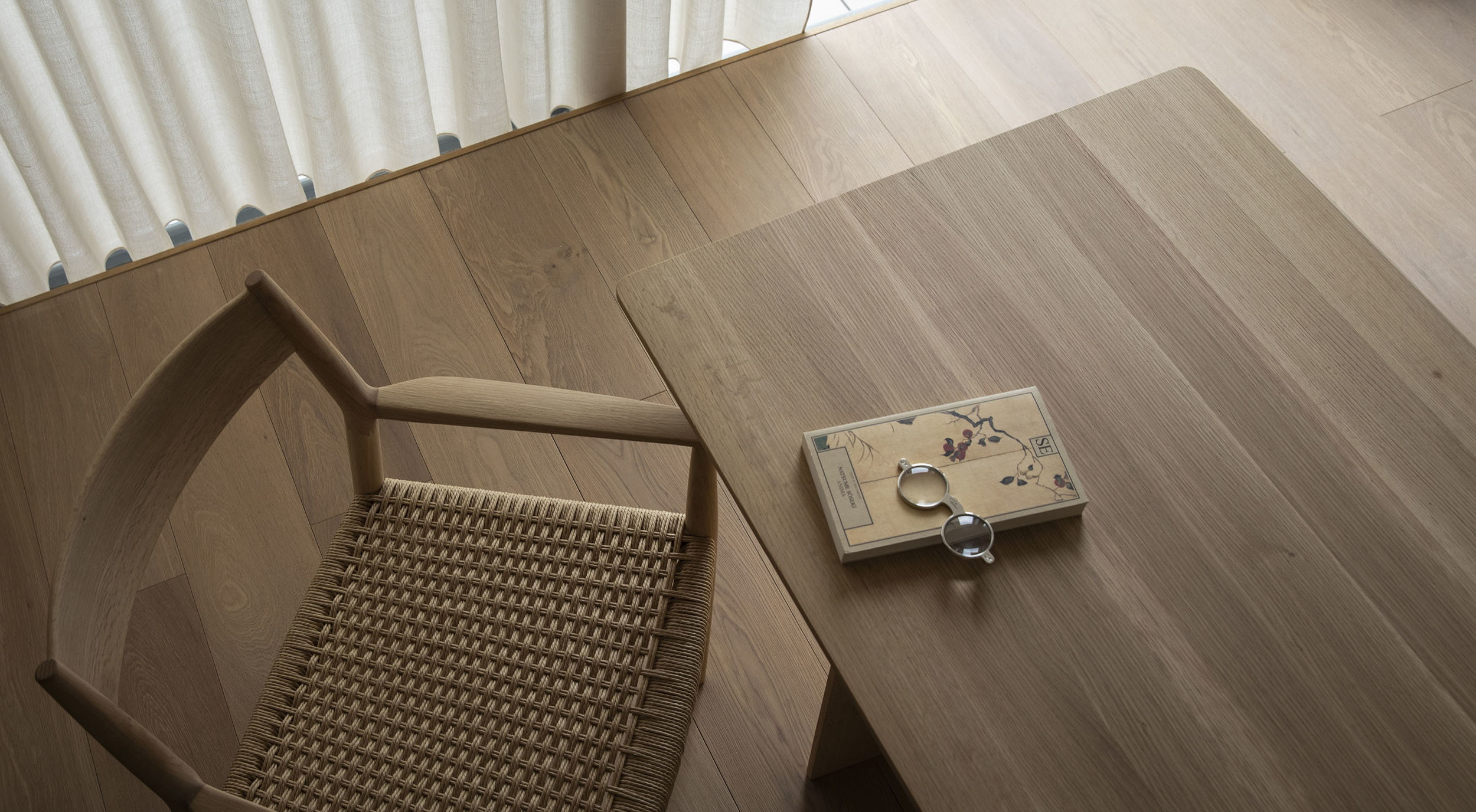
Architecture
Kinuta Terraces
The Japanese architect Keiji Ashizawa renovated two Tokyo apartments. Do the results show us how we might live in a post-pandemic city?
Not long into the pandemic, in March last year, city dwellers started to talk about space. Those who could afford to packed up and left their urban homes – in London, in New York – for roomier places out in the country. But plenty of others decided to stick it out. For those people, a few questions arose: these days, what makes a city home liveable? And, if you are unable – or don’t want – to escape the urban environment, how do you at least transform your city centre apartment into a home that feels more spacious, more light-filled, perhaps even closer to nature?
In 2018, before Covid was a thing that took over our lives and forced us into thinking seriously about how and where we live, the Japanese architect Keiji Ashizawa began to answer these questions. The owners of two flats at Kinuta Terrace, a 36-apartment block in the middle of Tokyo, commissioned Ashizawa to transform their homes into brighter, airier spaces.
Kinuta Terrace had been designed in the 1980s. By 2018, the block’s interiors had become tired, dated and in need of renovation. They were also startlingly dark; in the way the apartments had been laid out, there was a strange and inefficient use of light. Ashizawa, who is known for designing warm, bright and uncluttered interiors, was tasked with modernising the spaces – with letting the light in.
Ashizawa invited Norm, the Copenhagen-based architecture firm, to collaborate on the project. (“We share a mutual admiration for material richness and timeless appeal,” a Norm spokesperson said later.) Together, they began to shape “an environment where all elements are as closely connected as possible,” Ashizawa said, referring to materials as well as spaces.
Kinuta Terrace is arranged around a central external courtyard, so that each apartment has access to a communal outdoor space that is planted with trees and shrubs. By rearranging the flats’ floorpans, Ashizawa opened the apartments out to the courtyard as much as possible, allowing both light and the natural environment to pour inside. Spaces that had been previously compact and dim were transformed into areas that were newly light and airy.
The result is two apartments filled with the kind of material warmth – concrete walls, rich wooden floors – that results in a relaxed sophistication and allows the interior spaces to flow naturally into the courtyard. To complete the project, Ashizawa and Norm partnered with Karimoku, one of Japan’s leading wooden furniture manufacturers, to create a series of bespoke furniture that includes dining chairs, a coffee table, and a sofa with an oak-wood frame. (In these photos, you can see the pieces dotted about.)
The apartments, when they were completed, were a success with the owners. But Ashizawa had also provided answers to the questions up top. Here are examples of homes that sit in the middle of a very busy city and yet still feel airy and close to nature. The best of both worlds.
www.keijidesign.com, www.normcph.com
Words: Editorial Board
Photography: Courtesy of Jonas Bjerre-Poulsen and Norm Architects
